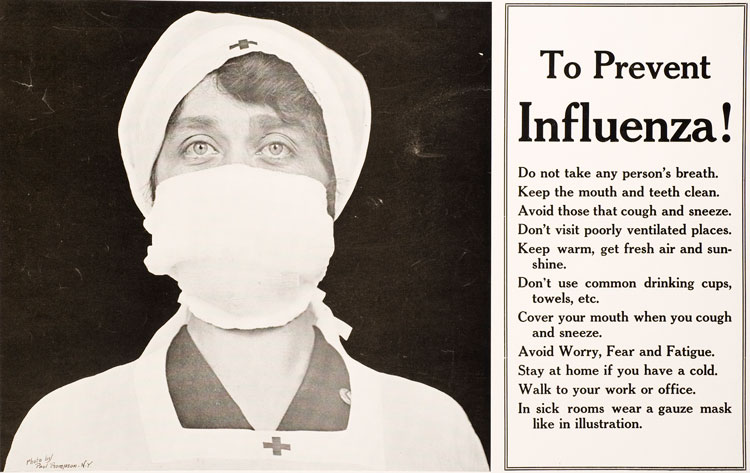
Around the middle of March this year, Americans and other residents of our planet Earth were told to “shutter down.” Something known as the Coronavirus or more commonly called COVID-19 had invaded. Soon the disease became a pandemic. The only times Americans used that word were in 1918 at the peak of the Spanish Influence and the Polio pandemic that is still killing people in a few countries today.
Polio peaked in 1952 when Dr. Jonas Salk concocted a cure for Polio. There were 21,000 cases of paralytic polio, a small number in comparison of the coronavirus people in the world today face. Yet, when an epidemic like these attacks a population, what do people do? Interestingly, during previous contagious diseases patients were told to eat outdoors and spend more time outside. Wash hands frequently. Isolation was encouraged and eventually regulated. Sound familiar? Even masks were worn for safety. Doctors and scientists quickly realized the same contagious effects spreading the disease and advised the use of previous methods.
In the 19th century and earlier, contagious diseases were recognized but not properly treated. In fact, earlier doctors generally knew what to do about 25% of the time, relied on old myths and cures another 25%, but the real reason patients recovered was the bedside manners of most doctors. Not surprisingly here in the United States there were four major causes of deaths. Consumption, the original name for tuberculosis, was the leading cause of deaths. The symptoms were very obvious, but the cure was ages in being found.
Most of the time the patient was sent to an asylum, often in the desert or mountains. The bacterial diseases affect mainly the lungs. Like COVID-19, some infected persons did not have symptoms but recovered on their own. Consumption or tuberculosis is an airborne disease that is now usually treatable and preventable with vaccine.
Diphtheria was the second worse disease. Also, a bacterial carried disease, it starts with a serious infection in the nasal passages and throat. Today it can be treated with antibiotics and vaccine.
Typhoid fever was often rampant in the fall in most of the south. It was spread through contaminated food and water, causing high fever, abdominal pain and diarrhea. Small, green vegetation developed on the top of the water barrel. When the patient began to show symptoms, the caregiver would withhold water and the patient would die of dehydration. Today it too is treated with antibiotics and vaccination.
The fourth major cause of death in the United States was accidents. What can be said since accidents are still prevalent?
In 1880 the United State Census Bureau included a statistical profile of causes of death.
Physicians were sent a register to keep a record, although it was not always done. There were 309 deaths recorded in Hunt County that year. Seventy-six infants under the age of one year died from whooping cough and croup. Pneumonia, consumption, typhoid fever, malaria, heart disease, and diphtheria caused most deaths. Childbirth and still birth were also common. Ironically, no deaths were reported from old age.
